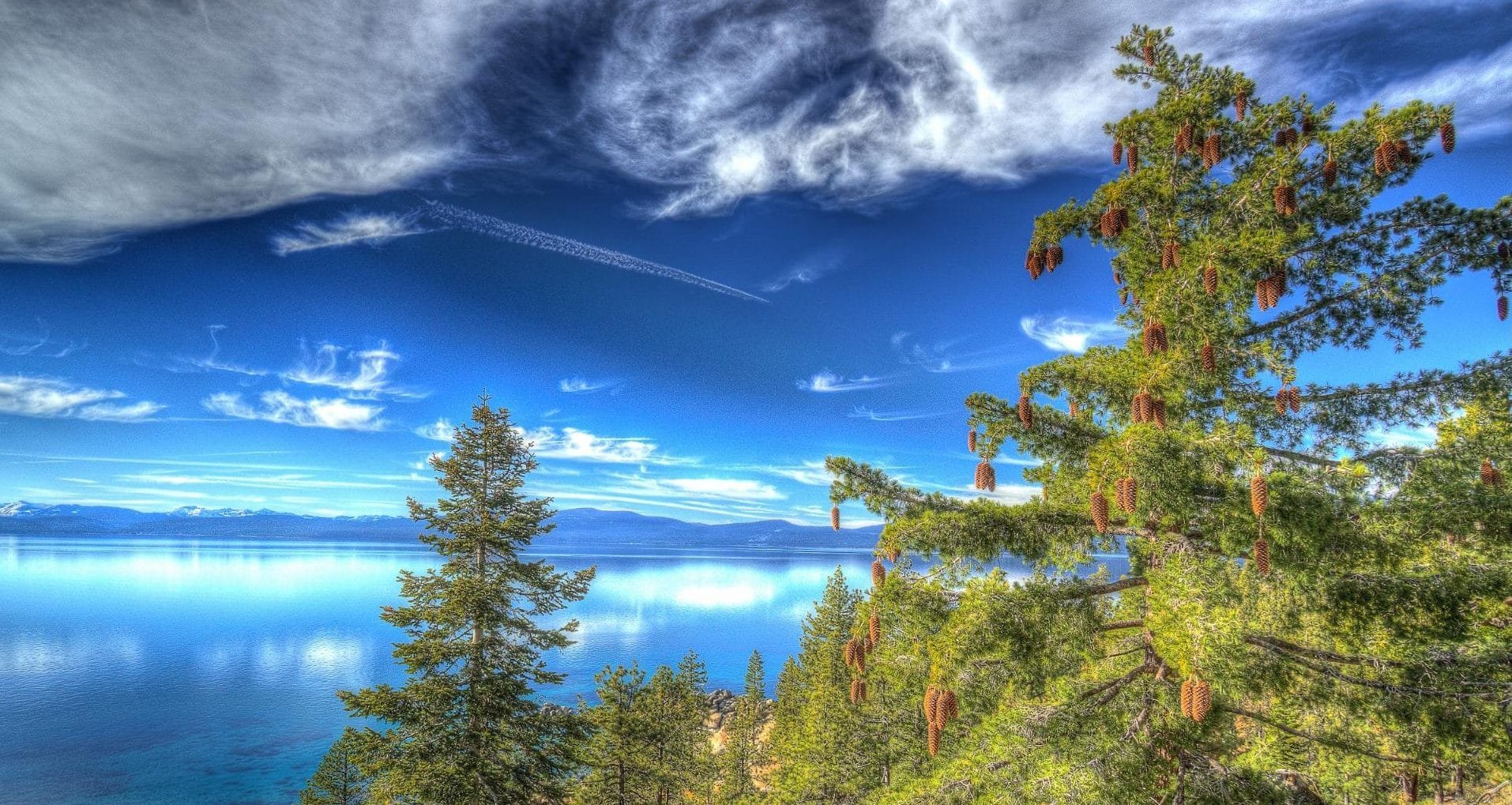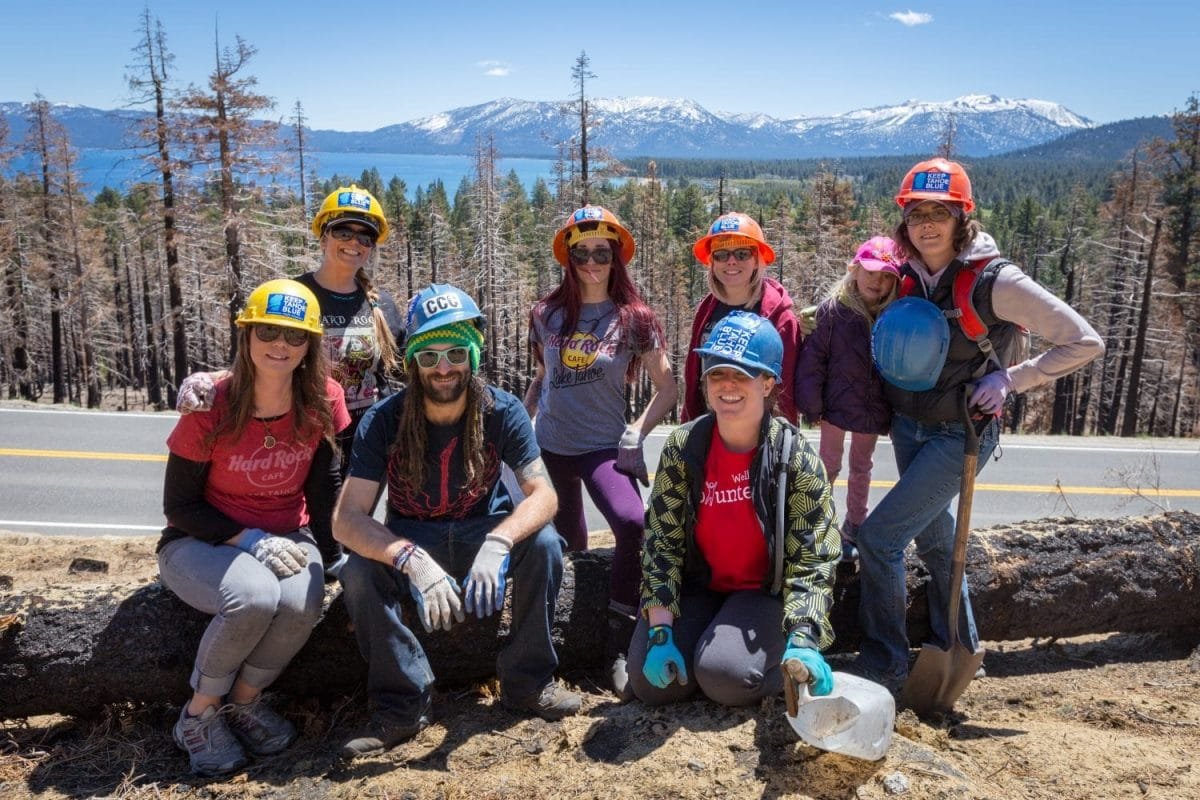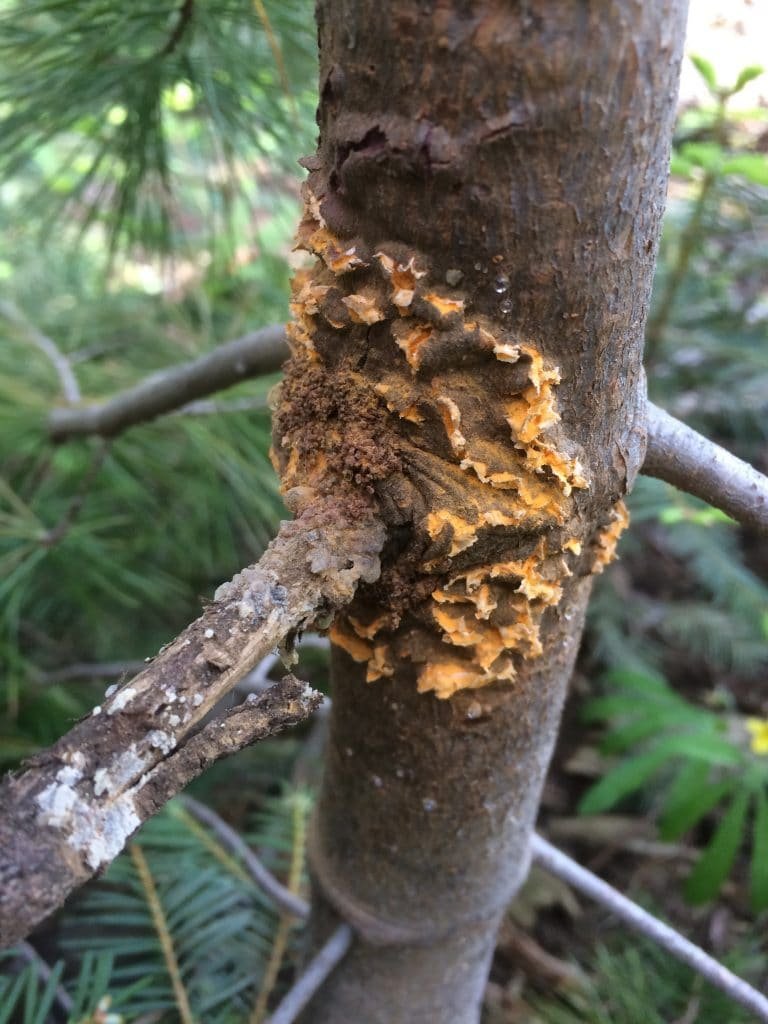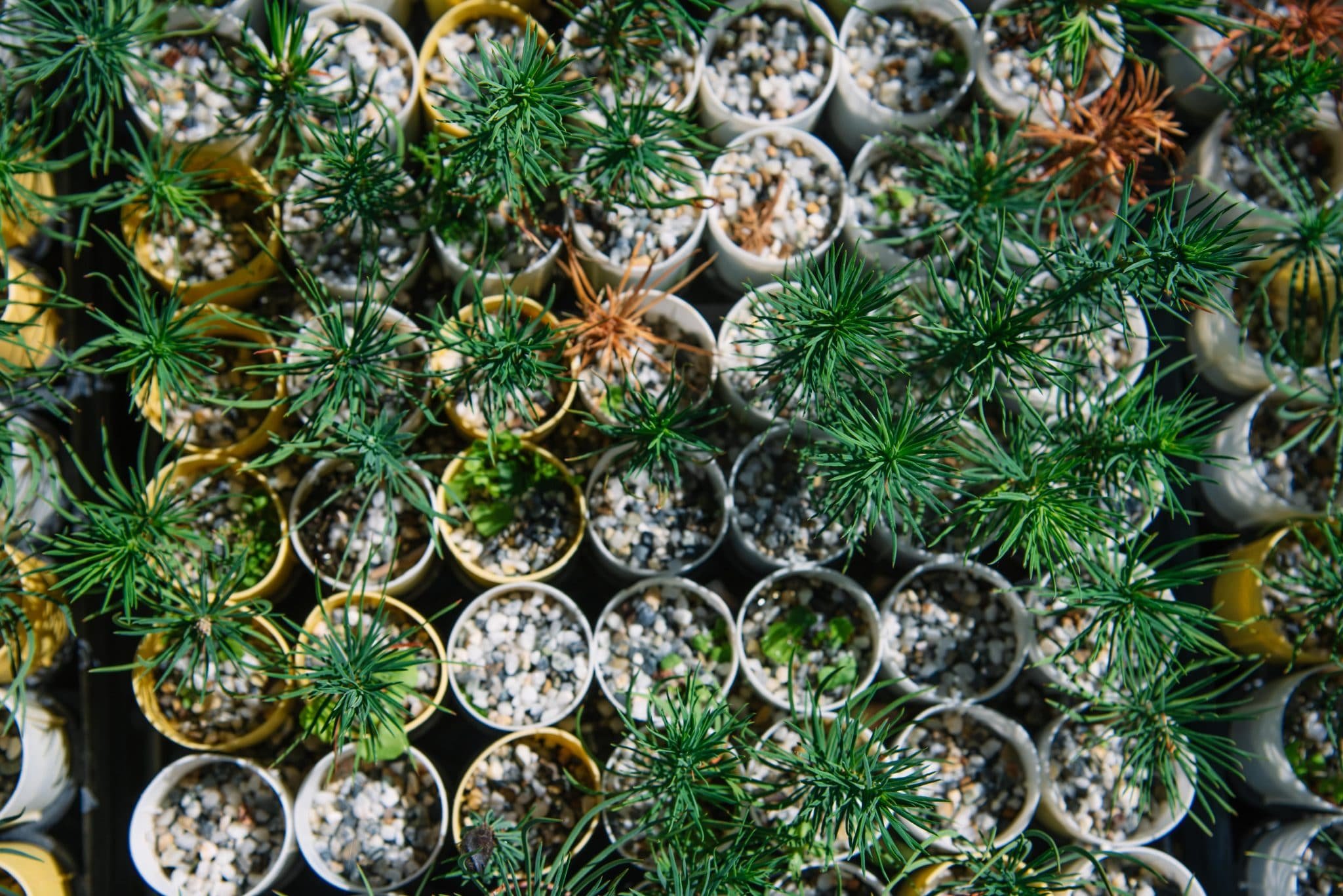
About White Pines
The Tahoe region is home to three white pine species: sugar pine, western white pine and whitebark pine, all of which have 5 needles per bundle. In the Lake Tahoe Basin, white pines serve many important functions, providing food and habitat for wildlife, stabilizing snow and soils, increasing forest diversity and health, and improving resistance to wildfire. They also offer shade and scenic beauty in our surroundings.
Each tree is special, so how can you tell them apart?
Sugar Pine
Sugar pines (Pinus lambertiana) are the world's largest pine species. They often grow to over 100 feet tall. They are most easily identified when carrying their enormous cones, which are often more than 14 inches long and 4 to 6 inches in diameter. Sugar pines typically grow between 3,000 and 7,500 feet in elevation. Sugar pine sap is sweet and edible. 3-5% of sugar pines possess major gene resistance to blister rust.
Western White Pine
Western white pines (Pinus monticola) grow from 8,000 feet to just below timberline. They look much like sugar pines, but are distinguished by their checkerboard bark and smaller cones. About 3-5% of western whites possess major gene resistance to blister rust.
Whitebark Pine
Whitebark pines (Pinus albicaulis) grow at the highest elevations, often in clumps of two to five gnarled, weather-beaten trees above the timberline. Whitebark seeds are an important food source for the Clark's nutcracker; the birds store the seeds in caches they may not return to and the seeds sprout and grow together. Some whitebark exhibit defenses to the blister rust fungus, but no known heritable resistance has been found. Primarily due to the impacts of blister rust as well as mountain pine beetle, altered fire regimes and climate change, whitebark pine was listed as a threatened species under the Endangered Species Act in December 2022.
Learn more:
What We Do
Learn about our work and why we do it.
Blister Rust
Where did blister rust come from? Why is it such a big problem in Tahoe? How does it affect our pines?
Our Achievements
See the results of our efforts. Learn about where we’ve planted and how much we’ve accomplished!





